The Effect of Topology and Magnetism on Extreme Magnetoresistance
The extreme magnetoresistance (XMR), featuring extremely high (usually >10^5%) and non-saturating MR, has been studied and found in many topological materials. However, both the effect of topology and magnetism on XMR remain unclear. Several coexistent mechanisms including topological protection are proposed for XMR, but this very coexistence makes the origin of XMR ambiguous. Besides, the XMR in magnetic materials studied so far is only marginally affected by their magnetism, which should have a strong effect in some cases at least. We tackled these two problems by studying two different materials: LaAs and HoBi. By realizing a topological transition from LaBi to LaAs, we show that non-trivial topology disappears in LaAs but electron-hole compensation and XMR remain, and we conclude that XMR in lanthanum monopnictides is due to electron-hole compensation unambiguously. In HoBi, we found that XMR is significantly affected by its magnetic phase, which is governed by the (⅙, ⅙, ⅙) ordering wave vector, in sharp contrast to other magnetic XMR materials such as CeSb. References: [1] Physical Review B 96, 235128 (2017) [2] Physical Review B 98, 045136 (2018)


